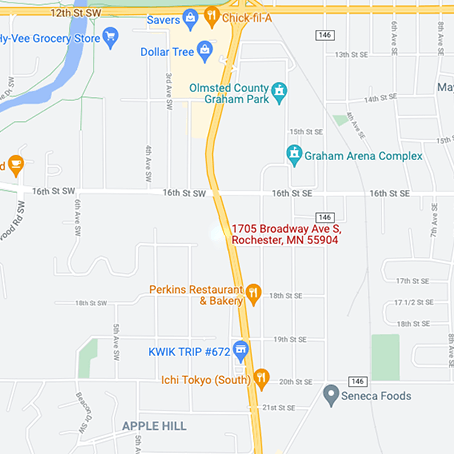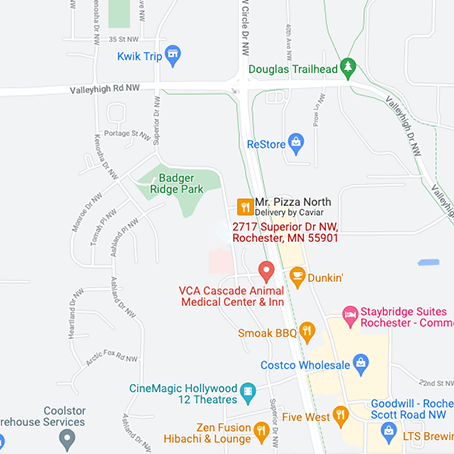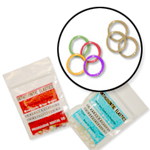
Elastics (Rubber Bands)
Wearing elastics (or rubber bands) improves the upper and lower teeth to fit properly together. Wear rubber bands as instructed, and remember that the rubber bands work far more efficiently if they're worn as prescribed.
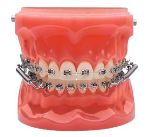
Forsus™ Springs
The Forsus springs provide an alternative to headgear and wearing elastics to help eliminate excessive overjet (gap between upper and lower front teeth), improve the bite of the back teeth, and possibly prevent the need for teeth extractions.
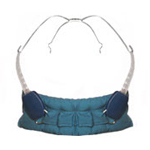
Headgear
Headgear is used to treat patients whose teeth are in overjet with upper teeth that stick out too far forward or the upper jaw growing too forward compared to the lower jaw. Headgear gently "pulls" on your upper teeth back to restrict further forward growth of your upper teeth and jaw. A Reverse Pull Headgear works the opposite direction to correct an underbite with the lower jaw forward of the upper jaw.
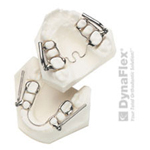
Herbst® Appliance
The Herbst® appliance reduces overjet (lower jaw too far back from the upper jaw) by encouraging the lower jaw position forward. It is used mostly for younger, growing children and is worn for about 9-12 months. It may help prevent the need for jaw surgery in the future.
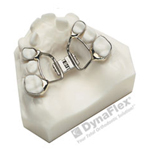
Palatal Expander
The palatal expander "expands" (or widens) your upper jaw by putting gentle pressure on your upper molars each time an adjustment is made. Your orthodontist will instruct you about how often to adjust your expander. Please see section on Palatal Expander on our website to view instructions.
Younger patients may benefit from the Quadhelix type of expander, which gently expands by spring action rather than using a key to adjust at home. When you achieve the desired expansion, you will wear the appliance for additional 4-6 months to solidify the expansion and to prevent regression.
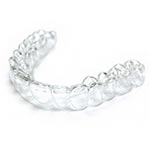
Retainers
Retainers may be removable or fixed. They hold your teeth in their new, correct positions after your teeth have been straightened. Your orthodontist will instruct you on how to care for your retainer and about the duration of the wear. Wearing your retainer as directed is crucial to prevent regression of your treatment.
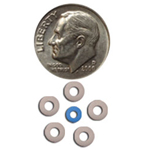
Separators or Spacers
Separators are little rubber rings that are placed between your back teeth to push them apart so that orthodontic bands can be easily placed around the teeth at your next appointment. The separators will be removed before we place the bands. Separators do not mix well with sticky foods, toothpicks, or floss.
